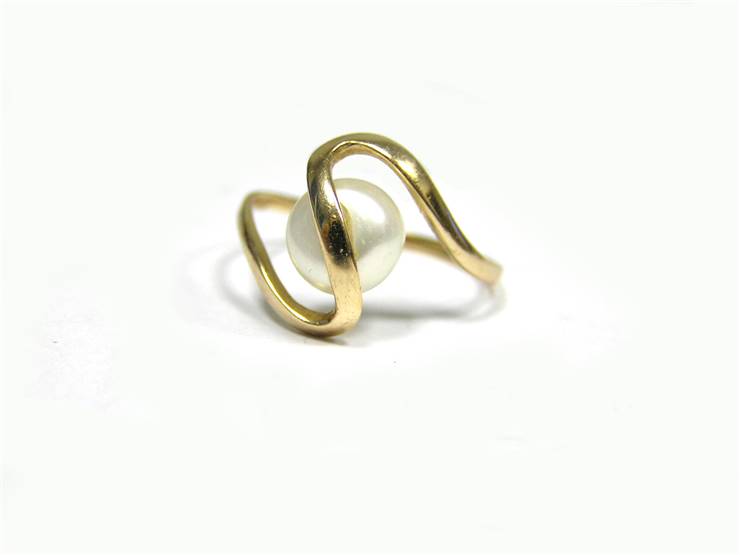History of Pearl Engagement Rings
Natural pearls occur spontaneously in the wild and they are extremely rare. Oysters and mussels make pearls by covering a foreign object, such as a pebble or grain of sand, with a protective covering known as nacre. There are basically two kinds of pearls, freshwater and saltwater. Either type can be cultured or natural. The mussels of lakes and rivers create freshwater pearls and they are found in many countries, including the United States. Saltwater pearls are considered more popular and they are more expensive than freshwater pearls. The Akoya Japanese pearls and the Tahitian pearls are types of the most sought after and valuable saltwater pearls. The Tahitian pearls are known for their superior quality and range of colors. In the past, pearls used in jewelry were mostly natural. Today natural pearls are practically nonexistent, and the only choice available would be that of cultural pearls. Cultured or farmed pearls grown the same way as natural pearls but pearl farmers intentionally plant the seed in the pearl oysters and freshwater mussels.
The Romans viewed pearls as symbols of the moon and a source of power. Early Christians believed that pearls were associated with purity and innocence. In Medieval Europe, only wealthy people could wear pearls because of their value. Known as the ''stone of sincerity'' pearls are thought to symbolize faith, charity, innocence, integrity, loyalty, harmony, perfection and purity. Unlike the past, when the pearl set in an engagement and wedding ring was very popular, pearl engagement rings are relatively uncommon today. Pearls were popular choice for engagement and wedding rings up until the 19th century in both Europe and America, when diamonds were discovered in great abundance in South Africa.

Pearls can be found in a variety of shapes, ranging from round to tear-dropped. The most popular and valuable shape is a perfectly round pearl and is often used in more expensive pearl rings.
Pearls used in wedding rings should only be of the very finest quality which is judged on its luster, size nacre thickness, roundness, orient, a blemish free surface and the perfection of the spherical shape the pearl has naturally formed.
The pearls would be typically half drilled and glued into a precious metal base.
Disadvantages of Pearl engagement rings are that it can be prone to damage when worn constantly and not expected to last forever.
The more commonly found pearls are white pearl rings. Beside them, pearl engagement rings can come in a rainbow of colors. The most popular alternative color to white pearl being black pearl engagement ring.

